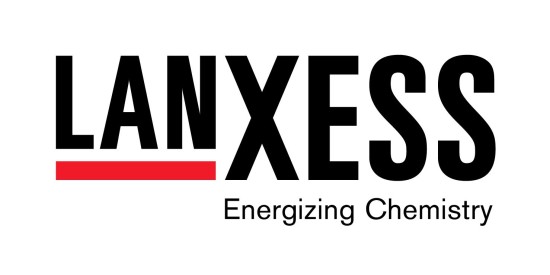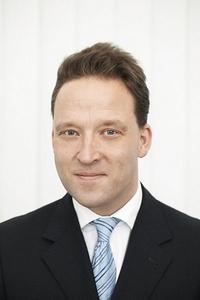 COLOGNE, Germany—Lanxess A.G. intends to restructure its EPDM and neodymium-based performance butadiene rubber production, affecting about 140 employees worldwide.
COLOGNE, Germany—Lanxess A.G. intends to restructure its EPDM and neodymium-based performance butadiene rubber production, affecting about 140 employees worldwide.
The German specialty chemicals producer will halt EPDM rubber production at its facility in Marl, Germany, and will realign both its EPDM and Nd-PBR production to four strategic regional facilities.
These moves are part of Lanxess’ three-phased realignment program, which began in August 2014, and were disclosed when it reported its financials for fiscal 2014. The German specialty chemicals producer reported net income of about $50.1 million, a significant improvement compared to its net loss of about $169.6 million in 2013.
Sales declined 3.5 percent to about $9.6 billion in 2014.
“Particularly against the background of the persistently challenging business situation, the substantial improvement in earnings is gratifying,” CEO Matthias Zachert said in a statement. “The figures also reflect the first benefits from our realignment program, which we are implementing on schedule.”
Worldwide consolidation
Lanxess said its EPDM rubber production unit is the smallest in Europe and least competitive, with comparably higher feedstock and higher energy costs. The firm intends to shift production volumes to its facilities in Changzhou, China; and Geleen, Netherlands, to limit the loss of sales.
The firm also produces EPDM in Orange, Texas, and in Triunfo, Brazil. Once the realignment is complete, Lanxess will operate one EPDM facility each in North America, South America, Europe and China.
The firm said about 120 employees will be affected at Marl. Negotiations with employee representatives will start immediately, with Lanxess aiming to find “fair and mutually acceptable solutions” for all affected.
Lanxess said it will relocate Nd-PBR production from its site in Port-Jerome, France, to its sites in Singapore and Dormagen, Germany, and also will reduce production at its Orange facility to three lines from four. The Port-Jerome facility will be used in the future to manufacture other butadiene rubber grades.
The company also produces the material at Cabo de Santo Agostinho, Brazil. After the realignment, the firm will operate one Nd-PBR facility in each region. Lanxess projects only about 20 employees will be affected by its Nd-PBR realignment.
The firm anticipates exceptional charges of about $58.7 million associated with the reorganization of its EPDM and Nd-PBR production network along with annual savings of about $21.3 million from the end of 2016.
Lanxess confirmed again that it is in talks with potential partners regarding the formation of alliances or joint ventures for its synthetic rubber business. A spokesman said earlier that the company is evaluating different strategic options for its synthetic rubber business as part of the third phase of its realignment program.
The firm said it is possible it will report on developments in the second half of 2015.
“A great deal of work still lies ahead of us if Lanxess is to return to the path of long-term success,” Zachert said. “We will continue to systematically implement our program and set the course for Lanxess’ future.”
Zachert said the first phase of its realignment program, which involved reducing its work force by 1,000 worldwide, is nearly complete. All of the 500 reductions in Germany have been contractually implemented without dismissals. The company said solutions have been found for about 70 percent of the 500 affected employees outside of Germany.
Lanxess employs about 16,700 in 29 countries with 52 production sites.
The firm consolidated to 10 business units from 14 and to 12 group functions from 16. Lanxess said about $160 million in annual savings will be achieved by the end of 2016.

Mixed segment results
Lanxess’ business segments reported mixed results with regard to their respective sales in 2014. Lanxess’ largest segment, Performance Polymers, dropped 8 percent to about $4.37 billion. The company said the decrease was primarily a result of price declines in all business units resulting from lower raw material costs and sales volumes.
Its Advanced Intermediates segment recorded sales of $1.71 billion, which Lanxess said was more or less level with 2013. Higher sales volumes compensated for selling price adjustments necessitated by raw material price developments.
Performance Chemicals reported a 2.9 percent increase in sales to about $2.35 billion, primarily because of increased sales volumes and marginally higher selling prices.
Lanxess projects a persistently challenging competitive environment in 2015, particularly for synthetic rubbers.




























